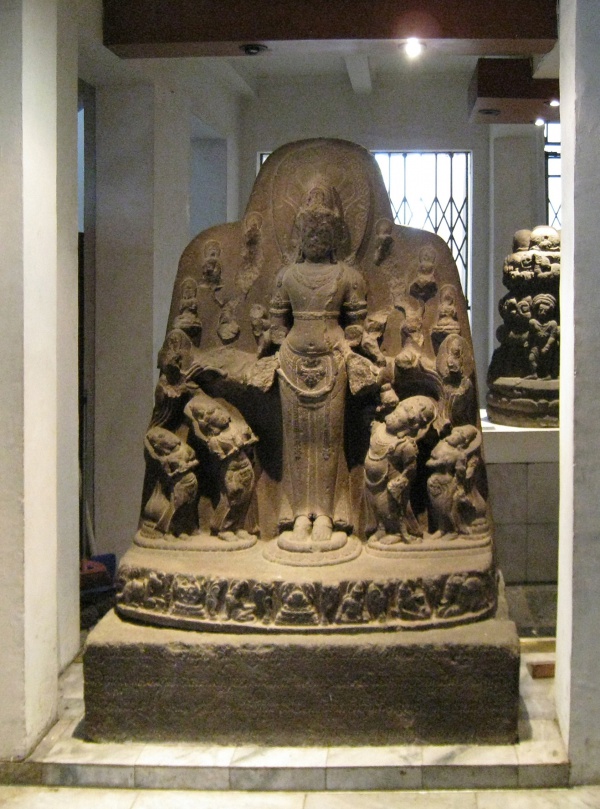Facts About Padang Roco Inscription
The Padang Roco Inscription, or Prasasti Padang Roco in Indonesian, is an ancient artifact dating back to 1286 CE. Discovered in 1911 near the Batanghari River at the Padangroco temple complex in West Sumatra, Indonesia, the name "Padang Roco" translates to "field of statues" in the local Minangkabau language, with "Padang" meaning "field" and "roco" referring to images of Hindu-Buddhist deities.
This inscription, etched onto a rectangular stone base supporting the Amoghapasa statue, is composed in ancient Javanese script using Old Malay and Sanskrit languages. Today, this artifact is preserved at the National Museum of Indonesia in Jakarta.
The Padang Roco Inscription originates from the same period as the Singhasari kingdom in Java and the Melayu Kingdom Dharmasraya in Sumatra. It documents the transportation of the Amoghapasa Lokeshvara statue from Java to Sumatra during the reign of King Kertanegara. The inscription recounts the joy of the people of Svarnabhumi, particularly their king, Tribhuwanaraja Mauliwarmmadewa, upon receiving this gift.
As translated by Slamet Muljana, the inscription details the events surrounding the erection of the statue in Dharmasraya. Furthermore, in 1347, Adityawarman relocated the statue to the Rambahan site near the Langsat River and added another inscription, known as the Amoghapasa inscription.
The Padang Roco Inscription provides valuable insights into the cultural and historical exchanges between Java and Sumatra during the 13th century, highlighting the religious and political connections of that era.

 Papua New Guinea
Papua New Guinea